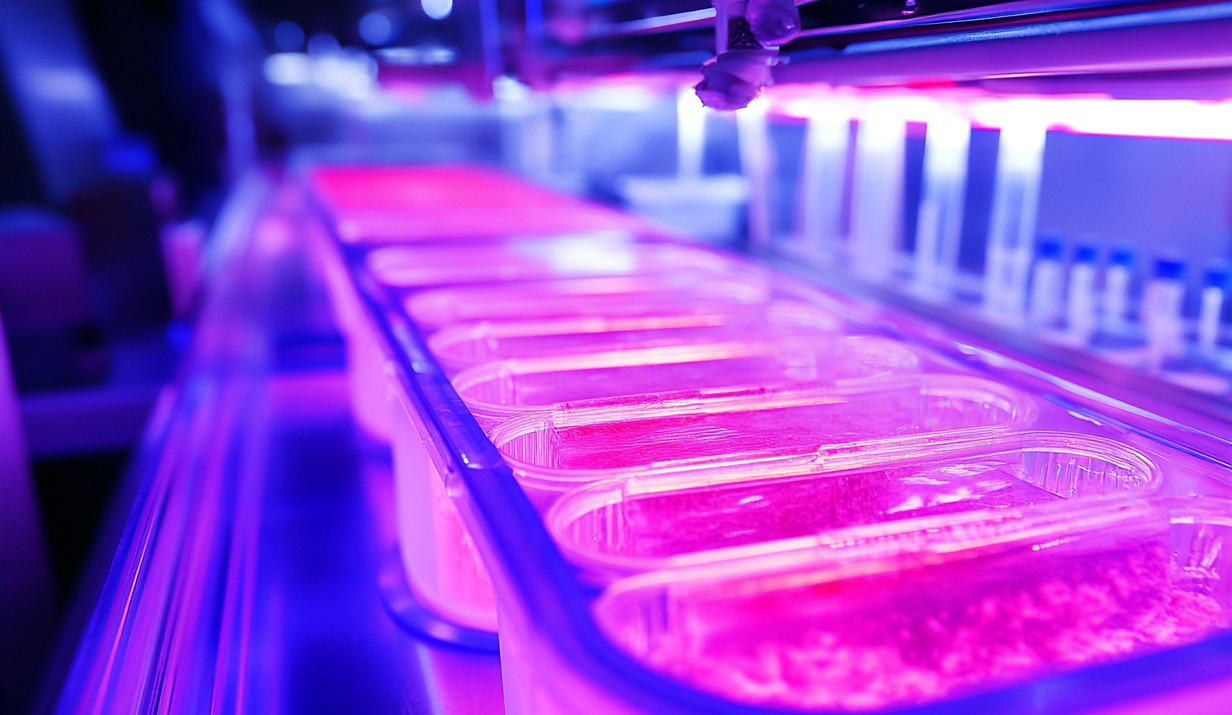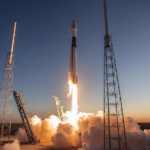For centuries, food production has remained relatively unchanged: raise animals, harvest crops, and distribute them for consumption. But in recent years, the conversation around how we produce and consume food has shifted dramatically. With concerns over climate change, animal welfare, and the sustainability of feeding a growing global population, scientists and entrepreneurs are looking toward futuristic solutions like lab-grown meat and 3D-printed food. Could these innovations mark the end of factory farming? And more importantly, are consumers ready for them?
The Problem With Traditional Meat Production
Before diving into futuristic food solutions, it’s essential to understand why traditional factory farming has become a controversial issue. Meat production, particularly from large-scale industrial farms, has significant downsides:
- Environmental Impact: Livestock farming contributes to nearly 15% of global greenhouse gas emissions, according to the United Nations. Cows, in particular, produce methane, a potent greenhouse gas.
- Animal Welfare Concerns: Factory farms often keep animals in confined, inhumane conditions, leading to ethical concerns about their treatment.
- Resource Intensive: Raising livestock requires vast amounts of land, water, and feed, making it one of the least efficient methods of food production.
- Public Health Risks: The overuse of antibiotics in farm animals has contributed to antibiotic-resistant bacteria, posing risks to human health.
As demand for protein continues to rise worldwide, scientists and entrepreneurs are exploring alternatives that could disrupt the food industry and provide a more sustainable way forward.
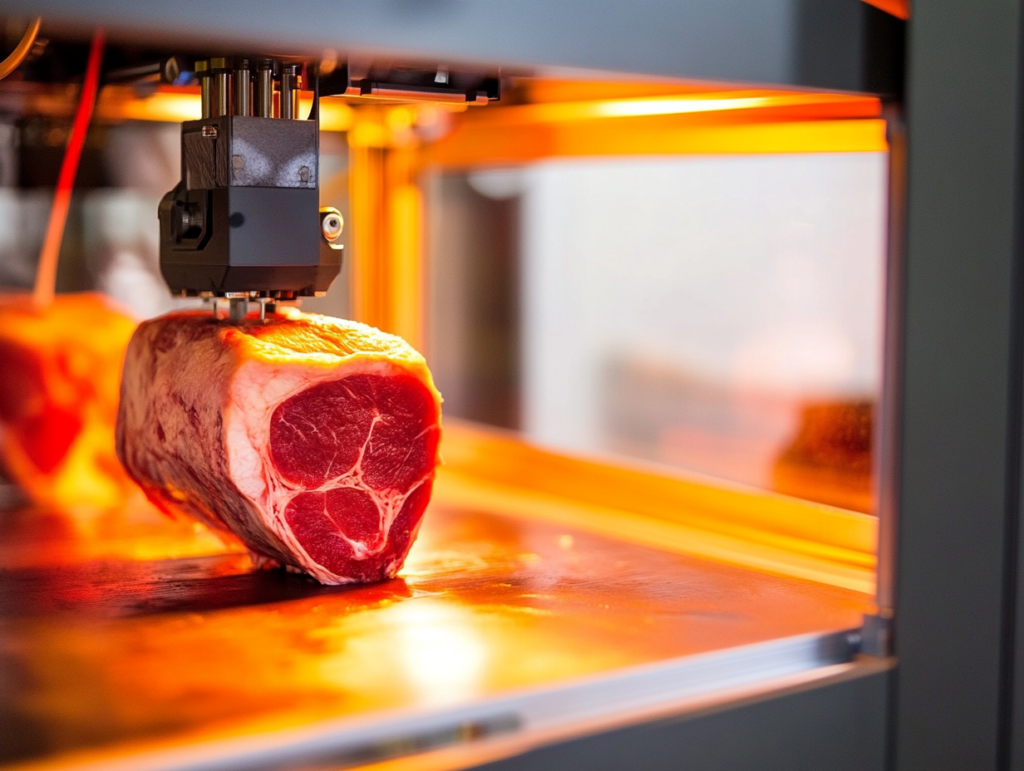
Lab-Grown Meat: A Revolution in Protein Production
Lab-grown meat, also known as cultivated meat, is produced by taking a small sample of animal cells and growing them in a controlled environment. The process involves feeding the cells with nutrients and allowing them to multiply into muscle tissue—without requiring the slaughter of an animal.
How It Works
- A small biopsy of animal muscle tissue is taken.
- The sample is placed in a bioreactor filled with a nutrient-rich solution to help the cells multiply.
- Over weeks, the cells grow and develop into muscle fibers that resemble traditional meat.
- The final product is harvested and processed into burgers, nuggets, or even steak.
Pros of Lab-Grown Meat
- Reduces Animal Slaughter: Because the process requires only a small tissue sample, it significantly reduces the need for mass animal farming.
- Lower Environmental Footprint: Studies suggest lab-grown meat could cut greenhouse gas emissions by up to 96% compared to conventional beef production.
- Healthier Alternative: Since lab-grown meat is produced in a sterile environment, it eliminates the risk of bacterial contamination like E. coli and Salmonella.
Challenges and Barriers
- Cost: While production costs have dropped significantly, lab-grown meat is still expensive compared to traditional meat.
- Consumer Skepticism: Many people are hesitant to eat lab-grown food, fearing it is unnatural or unsafe.
- Regulatory Hurdles: Governments are still figuring out how to regulate and approve lab-grown meat for commercial sale.
Despite these challenges, companies like Eat Just, Upside Foods, and Mosa Meat are racing to bring lab-grown meat to restaurant menus and grocery stores worldwide.
3D-Printed Burgers: The Next Frontier of Food Engineering
While lab-grown meat aims to replace factory-farmed beef, 3D-printed food takes an entirely different approach. Using plant-based proteins, food scientists are leveraging 3D-printing technology to create meat-like textures and flavors without involving animals at all.
How 3D-Printed Food Works
- Ingredients such as pea protein, soy, and other plant-based materials are turned into a printable paste.
- A 3D food printer layers these ingredients to mimic the muscle structure of real meat.
- The final product is cooked and served like a traditional burger, steak, or even seafood.
Why 3D Printing?
- Customization: Consumers can tweak texture, flavor, and nutritional content based on dietary needs.
- Efficiency: Reduces food waste by using precise amounts of ingredients.
- Sustainability: Uses plant-based ingredients, cutting down on emissions and resource use.
Companies like Redefine Meat and Novameat are leading the way, creating 3D-printed steaks that even professional chefs struggle to distinguish from the real thing.
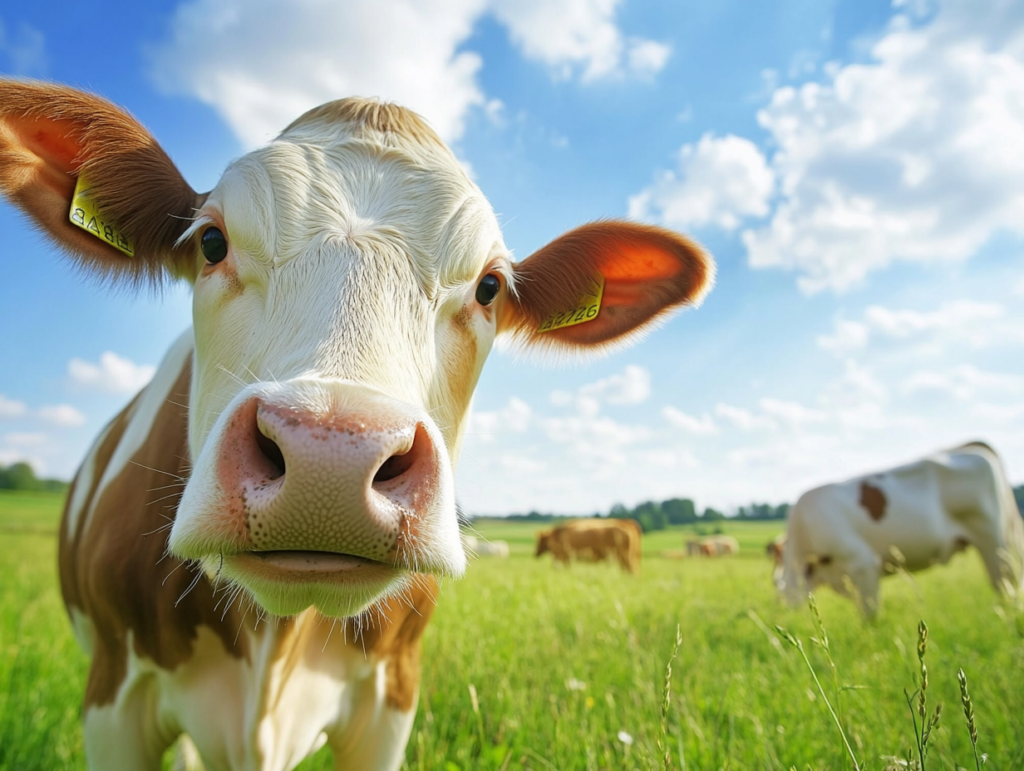
Will These Technologies End Factory Farming?
While lab-grown meat and 3D-printed food offer promising alternatives, replacing traditional factory farming won’t happen overnight. Several factors will determine how quickly these technologies become mainstream:
1. Cost and Scale
Lab-grown meat remains expensive to produce, but costs are dropping rapidly. As production scales up, prices could become competitive with traditional meat. Similarly, 3D-printed food is still a niche market but has potential for mass adoption.
2. Consumer Acceptance
Many people remain skeptical about eating meat grown in a lab or food printed by a machine. However, younger generations are more open to sustainable food solutions, which could drive long-term adoption.
3. Government Regulations
Food safety laws and approval processes vary worldwide. Singapore became the first country to approve lab-grown chicken for sale, while the U.S. and EU are still evaluating the regulatory landscape.
4. Cultural and Culinary Preferences
Food is deeply tied to culture and tradition. While some regions may quickly embrace these innovations, others may resist changes to their culinary identity.
What the Future Holds
Despite the hurdles, the future of food is heading toward a transformation. Here’s what we might see in the coming decades:
- Hybrid Meat Products: A mix of lab-grown and plant-based proteins to reduce costs while maintaining texture and taste.
- Wider Adoption of Meat Alternatives: As costs drop and taste improves, more restaurants and grocery stores will offer these products.
- Personalized Nutrition: AI-driven food customization to meet specific health needs, such as high-protein diets or allergy-friendly meals.
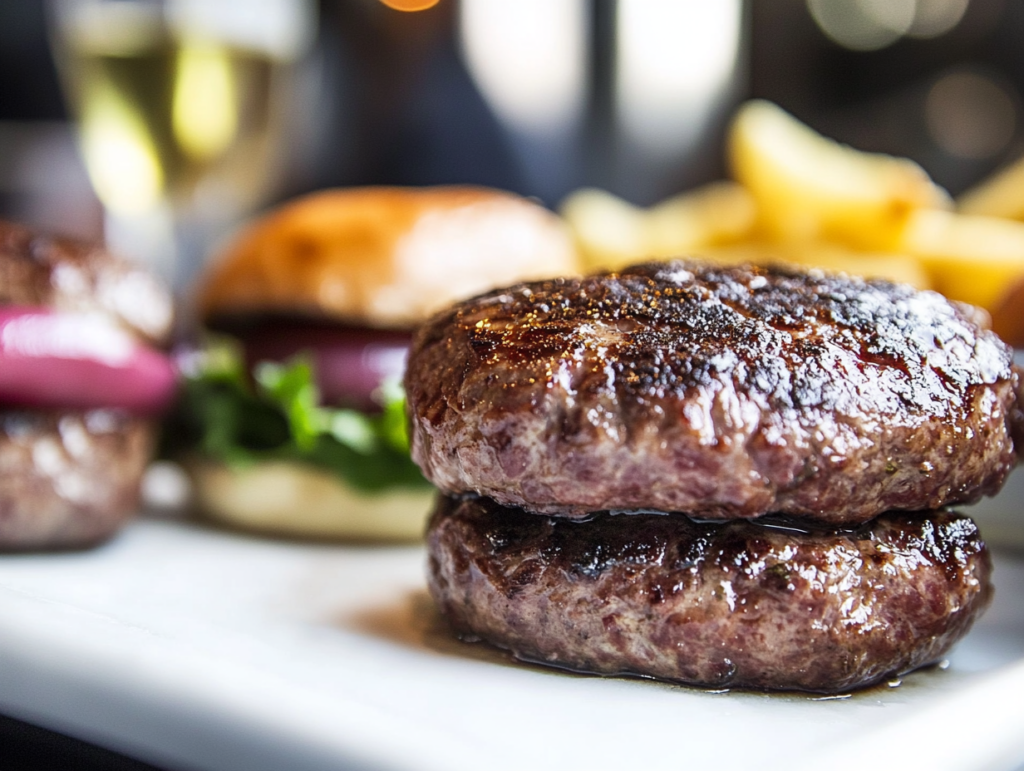
Conclusion: A New Era for Food?
The rise of lab-grown meat and 3D-printed food represents a major shift in how we think about eating. While factory farming won’t disappear overnight, these innovations provide a viable path toward a more sustainable, ethical, and efficient food system.
The real question isn’t whether these technologies will succeed—it’s how quickly we’ll embrace them. Will the next generation grow up eating burgers that never came from a cow? Only time will tell, but one thing is certain: the way we produce and consume food is evolving faster than ever before.


